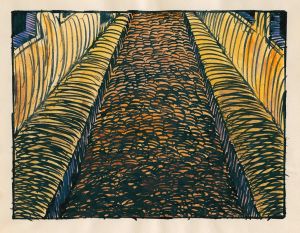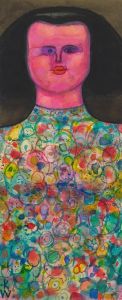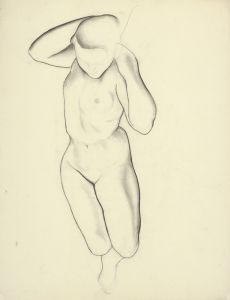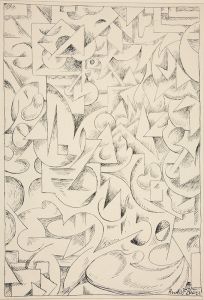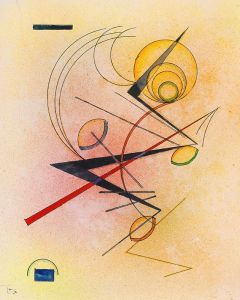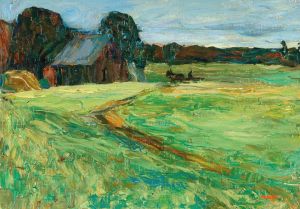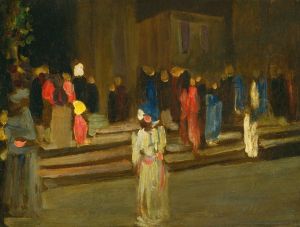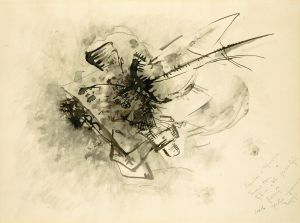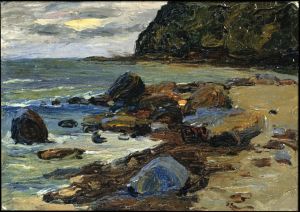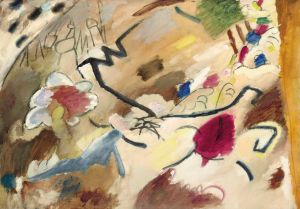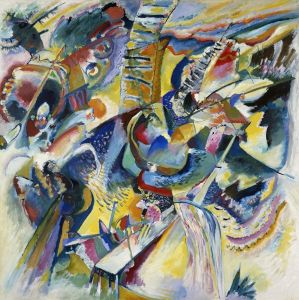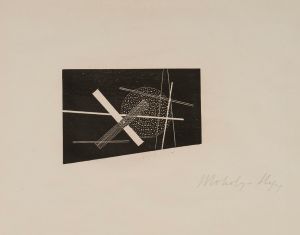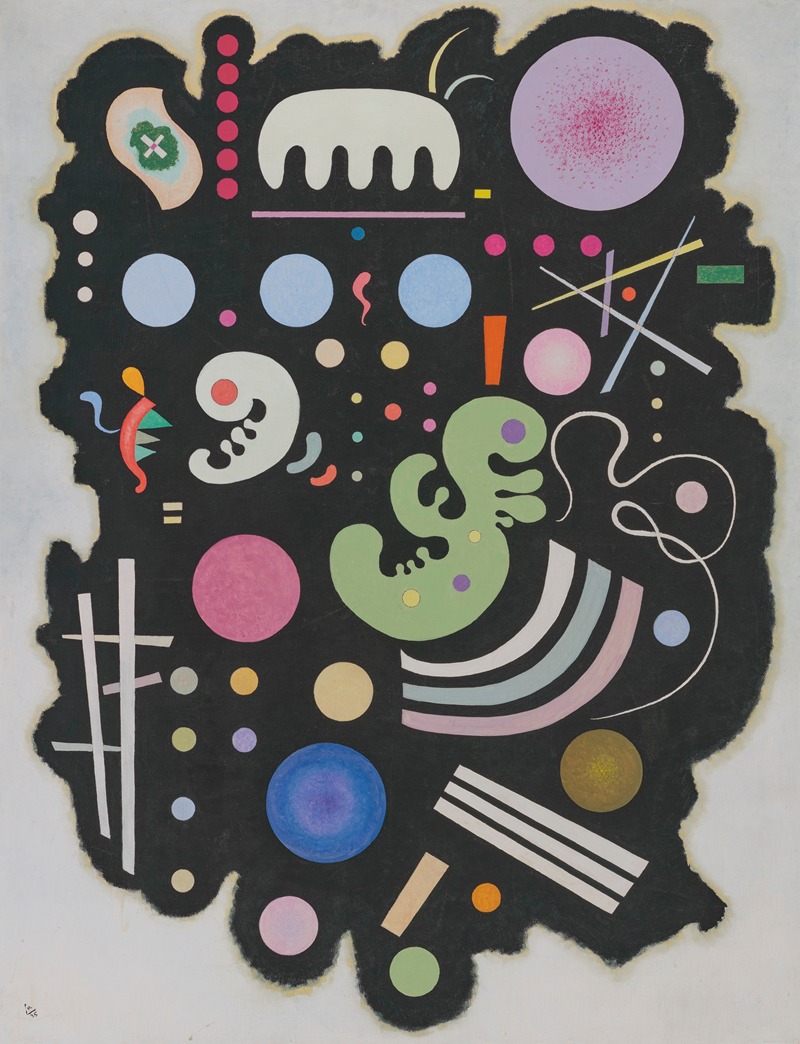
Noir bigarré
A hand-painted replica of Wassily Kandinsky’s masterpiece Noir bigarré, meticulously crafted by professional artists to capture the true essence of the original. Each piece is created with museum-quality canvas and rare mineral pigments, carefully painted by experienced artists with delicate brushstrokes and rich, layered colors to perfectly recreate the texture of the original artwork. Unlike machine-printed reproductions, this hand-painted version brings the painting to life, infused with the artist’s emotions and skill in every stroke. Whether for personal collection or home decoration, it instantly elevates the artistic atmosphere of any space.
Noir bigarré is a painting by the renowned Russian artist Wassily Kandinsky, who is widely considered one of the pioneers of abstract art. Kandinsky was born on December 16, 1866, in Moscow, Russia, and later became a prominent figure in the art world through his innovative approach to color and form. His work spans various movements, including Expressionism and Abstract Art, and he is known for his theoretical writings on art as well.
Noir bigarré, which translates to "Mottled Black" in English, was created in 1935. This painting is a part of Kandinsky's later period, during which he continued to explore the possibilities of abstract art. By this time, Kandinsky had already developed his distinctive style characterized by the use of geometric shapes, vibrant colors, and complex compositions.
The painting is notable for its dynamic interplay of shapes and colors. As the title suggests, the predominant color in the composition is black, which serves as a backdrop for a variety of colorful forms. These forms include circles, lines, and other geometric shapes that seem to float and interact on the canvas. The use of black in this painting is significant as it contrasts sharply with the bright, vivid colors, creating a sense of depth and movement.
Kandinsky's use of color and form in Noir bigarré reflects his belief in the spiritual and emotional power of art. He was deeply influenced by music and often sought to create visual equivalents of musical compositions. This synesthetic approach is evident in the rhythmic arrangement of shapes and the harmonious balance of colors in the painting.
Throughout his career, Kandinsky was associated with several influential art movements and groups. He was a founding member of the Blue Rider (Der Blaue Reiter) group, which was formed in Munich in 1911. This group aimed to promote modern art and emphasized the importance of expressing inner emotions through abstract forms. Later, Kandinsky taught at the Bauhaus, a revolutionary art and design school in Germany, where he further developed his theories on art and abstraction.
Noir bigarré is housed in the Musée National d'Art Moderne, which is part of the Centre Pompidou in Paris, France. The Centre Pompidou is one of the most important cultural institutions in the world, known for its extensive collection of modern and contemporary art. Kandinsky's works, including Noir bigarré, are an integral part of the museum's collection, showcasing the artist's significant contributions to the development of abstract art.
In summary, Noir bigarré by Wassily Kandinsky is a striking example of the artist's mature abstract style. Created in 1935, the painting features a dynamic composition of geometric shapes and vibrant colors set against a black background. It reflects Kandinsky's ongoing exploration of the emotional and spiritual potential of abstract art, as well as his synesthetic approach to visual composition. The painting is currently housed in the Musée National d'Art Moderne at the Centre Pompidou in Paris, highlighting its importance in the history of modern art.





